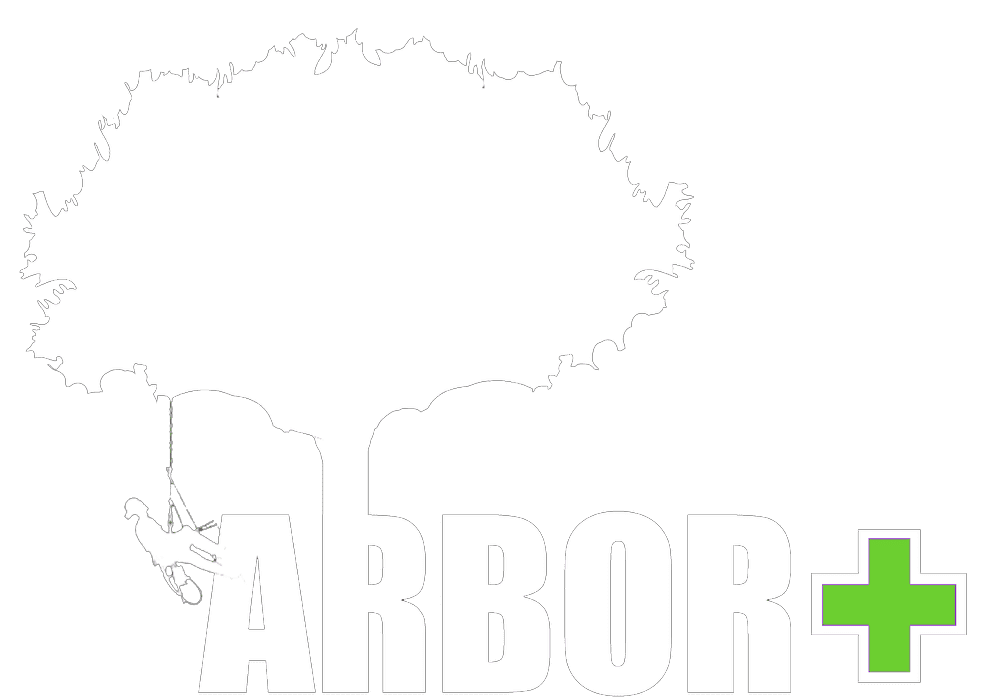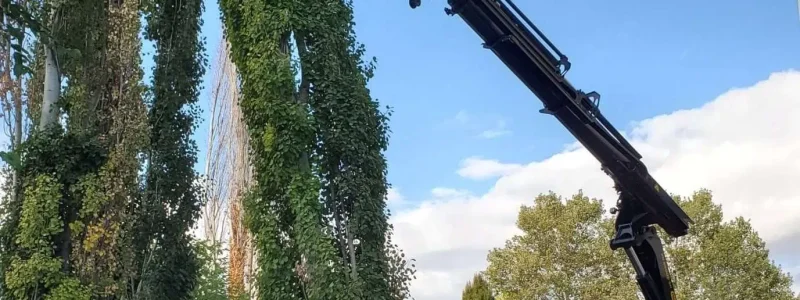Our state’s eastern mountains and western desert areas lend Utah much of its drama and beauty. The varied climates of our geography also allow a wide variety of trees that can thrive in different areas of the state. Ultimately, tree health in Utah depends on a variety of factors, including the specific location, soil type, and intended use of the trees. Consulting with a local nursery or a professional, certified Utah arborist will help you choose the best, most sustainable tree species for our particular environment and your needs.
Spring is a great time to plant trees in Utah. The warming temperatures will help trees establish their root systems before summer’s heat. You may also plant between September and November to take advantage of the season’s cooler temperatures and more consistent moisture levels that remote tree root growth.
In addition to planting time, it’s important to choose tree species that are well-suited to Utah’s climate and soil conditions, and to plant them in a location that provides adequate sunlight and drainage. Be sure to water the trees regularly, especially during the first few years after planting, to help them become established.
What are the best trees to plant in Utah?
- Crabapple (Malus spp.): Crabapples are hardy, disease-resistant and low-maintenance trees well-adapted to Utah’s hot, dry summers and cold winters. They produce stunning displays of colorful flowers in the spring that add beauty and charm to any landscape. The trees’ small, ornamental fruits attract birds and other wildlife, enhancing biodiversity in the area. Crabapple trees’ long lifespan makes them a wise investment for future generations to enjoy.
- Honeylocust (Gleditsia triacanthos): Honeylocust, with lovely fern-like foliage that turns yellow in the fall, is known for its ability to tolerate drought and other harsh growing conditions, making it a good choice for Utah’s arid climate. It is resistant to common Utah tree pests such as aphids, borers, and cankers. Honeylocust is also a versatile tree, coming in upright, spreading and weeping forms that facilitate its use as a shade, street, or ornamental tree. The Honeylocust’s leaves and bark can also be used for composting and mulch.
- Rocky Mountain Juniper (Juniperus scopulorum): This native to Utah tree is a slow grower, but can adapt well to different soil types, particularly in higher elevations. Rocky Mountain Juniper is drought tolerant and has a deep root system that can help stabilize slopes by preventing erosion. Its attractive and rugged appearance, with gray-blue foliage and twisted trunk and branches will add aesthetic appeal to your Utah landscape while providing a habitat and food for local wildlife.
- Blue Spruce (Picea pungens): The Utah native Blue Spruce’s striking blue-green needles and symmetrical shape provide evergreen color and beauty while its deep roots stabilize soil on slopes. It is relatively drought tolerant and well-adapted to Utah’s climate, especially at higher elevations. Blue Spruce also provides wildlife habitat and can help reduce noise and air pollution. While adaptable and beautiful, Blue Spruce may be susceptible to pests and diseases so proper care is important to maintain its health and longevity.
- Burr Oak (Quercus macrocarpa): The Midwest-native Burr (or Bur) Oak can work well in areas of Utah with higher moisture levels. Once established, the Burr Oak can survive in drier conditions. It is an attractive tree with a broad, spreading crown of large leaves that turn a gorgeous golden-brown in the fall. The Burr Oak provides wildlife habitat and reduces pollution. It is a slow grower though, taking several years to establish, so proper care and maintenance, and watering are critical. However, once established a Burr Oak can live over 300 years!
What are the worst trees to plant in Utah?
While there are some great options for trees to plant in Utah, some tree species are not well-suited for use in our state. These options may be invasive or non-native species to Utah, which can damage our environment and wildlife. They may be susceptible to diseases and pests or poorly adapted to our climate and soil.
Here are five trees not recommended for planting in Utah:
- Silver Maple (Acer saccharinum): Silver Maples are fast-growing, shallow rooted trees that can become large quickly and damage sidewalks and roads. It is also prone to various pests and diseases and is not well adapted to Utah’s climate.
- Eastern White Pine (Pinus strobus): Eastern White Pine is a tree species more commonly found in the eastern United States and is not well adapted to Utah’s drier climate. It is also susceptible to various pests and diseases, such as white pine blister rust.
- Siberian Elm (Ulmus pumila): Siberian Elm is an invasive tree species in Utah. It can quickly spread and outcompete native vegetation, causing ecological damage. It is also breaks easily and is susceptible to various pests and diseases, such as Dutch elm disease.
- Tree of Heaven (Ailanthus altissima): Tree of Heaven is another invasive, disease-prone tree species that spreads quickly and can cause ecological damage. It also has a foul odor that can be unpleasant.
- Bradford Pear (Pyrus calleryana ‘Bradford’): Bradford Pear is a common landscaping tree species, but is susceptible to fire blight and other pests and diseases. It also tends to develop structural problems and may be prone to splitting or breaking during storms.
When looking into the best trees for your Utah landscape, be sure to consider the specific location, soil type, intended use, tree lifetime and ecological sustainability, and your local climate when choosing which trees to plant.
Consult with a local nursery or certified and educated tree professionals like Arbor+ to determine the best trees for your specific area in Utah.

